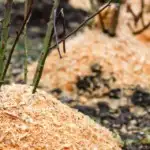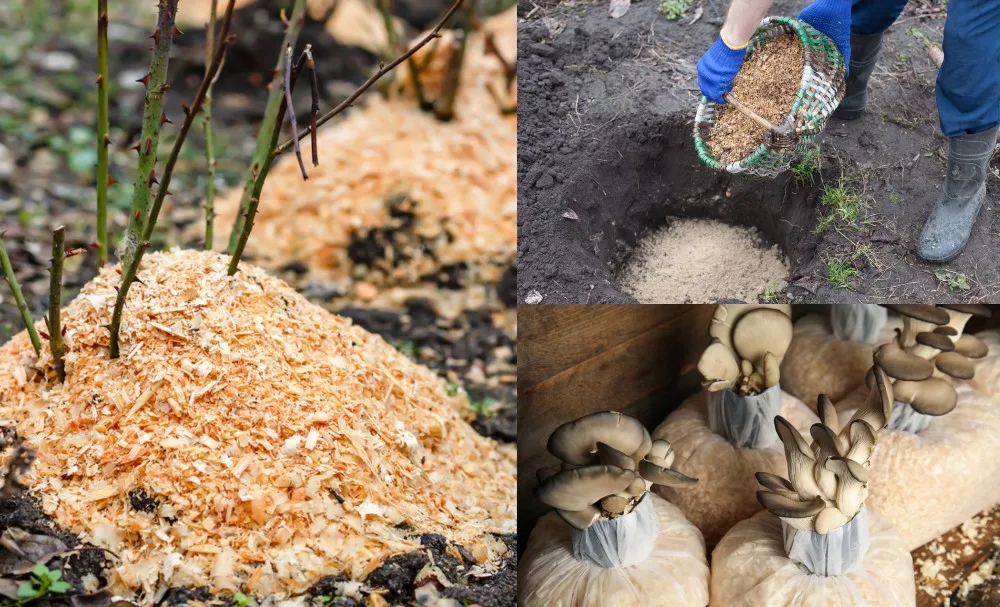
Sawdust, otherwise referred to as wood shavings, is a beneficial by-product of working with wood that has many applications on both urban and countryside homesteads. The further you get from the city, the more likely you are to find it – or to produce it yourself.
Woodworkers produce mass amounts of the stuff from planing, milling and sawing wood for furniture and creating building material, whereas someone simply cutting firewood, will produce no more than a few large sacks a year.
What you end up doing with your sawdust depends greatly on how much you start with. Though it may be possible to buy it locally, in larger amounts, if you have a grander project in mind.
Where does your sawdust come from?
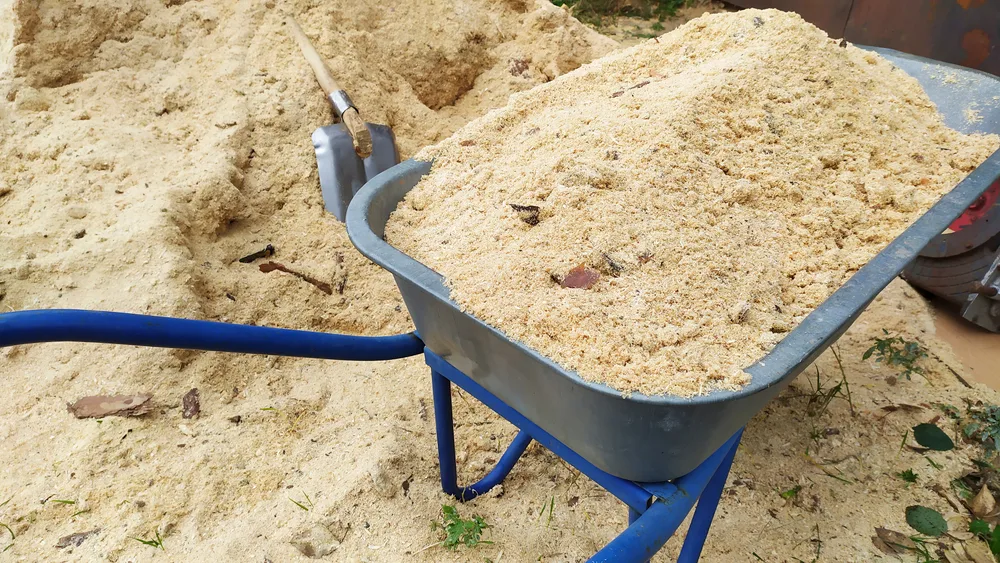
A word of caution: not all sawdust is suitable for using in the home or garden. In fact, some of it can be downright toxic!
This includes woods that contain natural (yet harmful) substances, such as from yews, Taxus spp., as well as those that come from particle board or cut up wood pallets. You do not want to be spreading wood chips or shavings from processed or fungicide-treated wood around your yard. Neither should you dispose of it in forests or waysides. Contaminated sawdust and wood chips should be disposed of safely and legally.
What you can safely use as sawdust, is fresh or dry wood shavings from untreated wood.
Particularly that of oak, maple, ash, fir, cedar, cherry and common fruit trees.
Avoid using sawdust from black walnuts, unless, of course, your intention is to use it as a weed killer. More on that below.
1. Sawdust as mulch
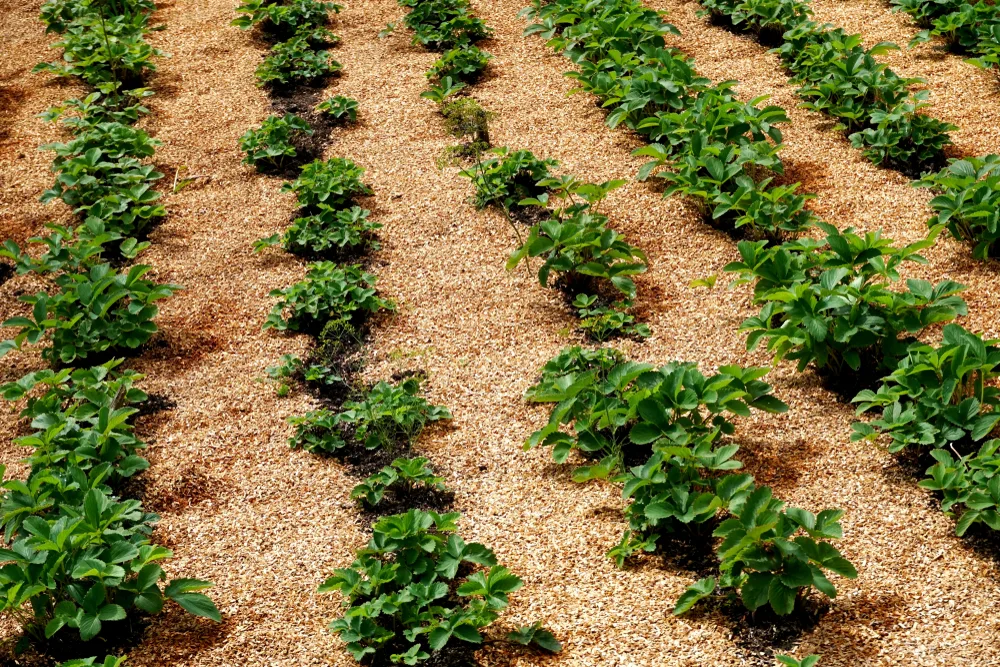
As you read about gardening and practice it in your backyard, you will find that some plants actually like acidic soil, though most of them prefer neutral to basic soils.
Huckleberries, blueberries, raspberries and cranberries all adore slightly acidic soils, so it makes perfect sense to mulch them in late fall with wood chips and/or sawdust that acidify the soil.
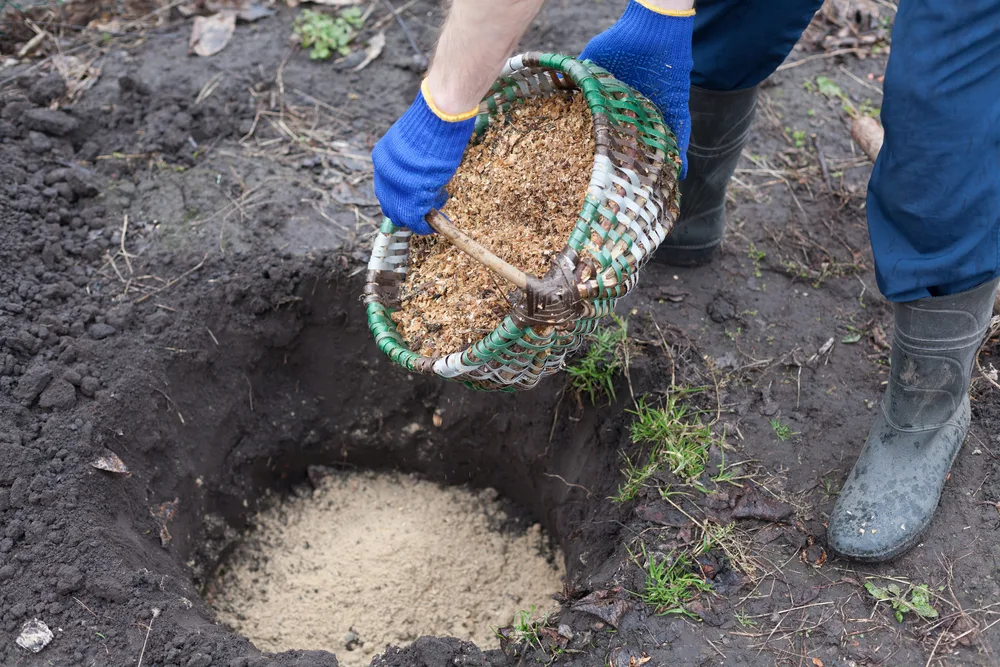
In the landscape: hydrangeas, rhododendrons, azaleas and daffodils will appreciate a sprinkling of sawdust as well, to enrich the soil.
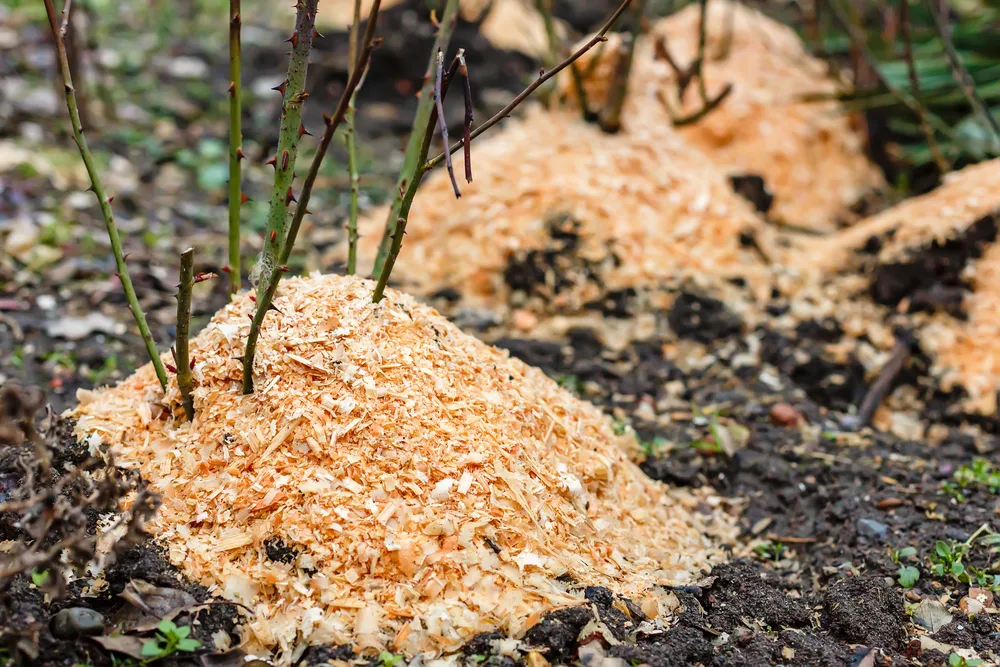
To prevent nitrogen loss (sawdust requires nitrogen to decompose) you may consider adding some other type of fertilizer along with your sawdust mulch. That being said, if you are mulching a sensitive area, it may be worthwhile to first try wood chips instead.
Sawdust also makes an effective mulch to spread around strawberries to protect the fruit from getting dirty and rotting against the bare soil.
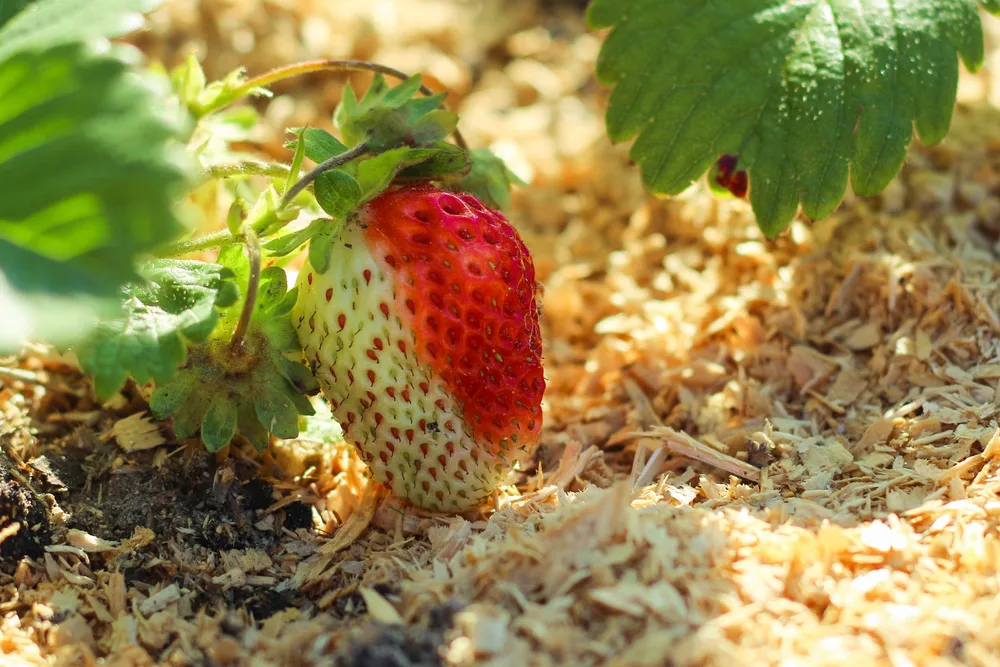
Related reading: 20 Uses For Wood Chip In The Garden & Homestead
2. Using sawdust in your compost pile
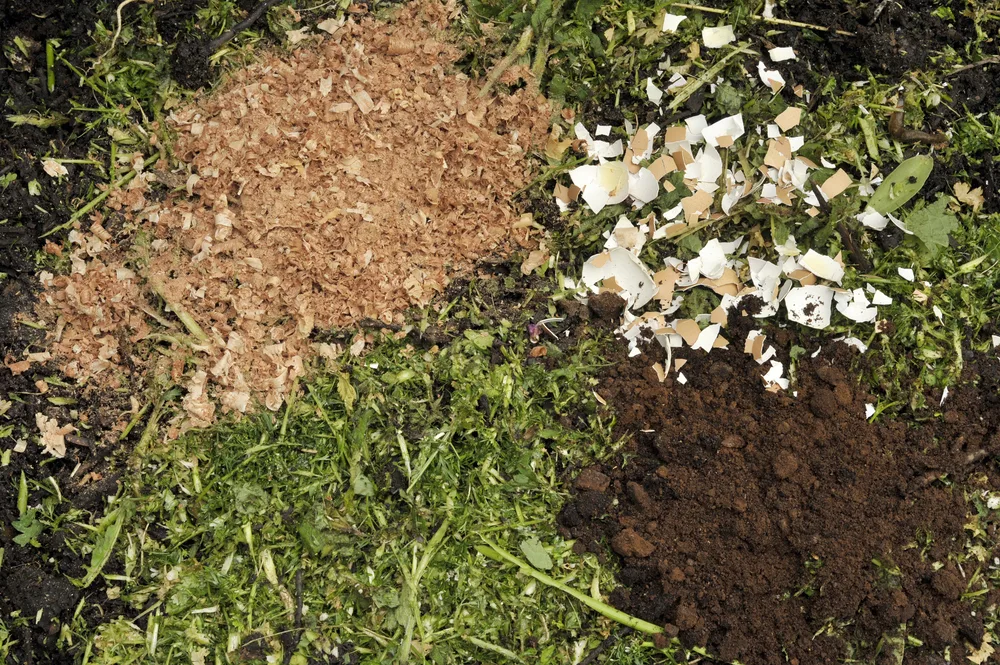
Composting always comes with questions – and common composting mistakes. What foods can you toss on the pile? Is there anything you should avoid mixing in? Does it need to be turned? When is it ready? And so forth.
Then an article tells you to add sawdust to your compost pile and you start questioning, “Really?!”.
So long as your sawdust/wood shavings come from untreated wood, go ahead and add a little bit at a time.
Delve into this article from GreenUpSide to find out more: How To Compost Sawdust (Just Add This To Speed It Way Up)
3. Anti-slip surface in winter
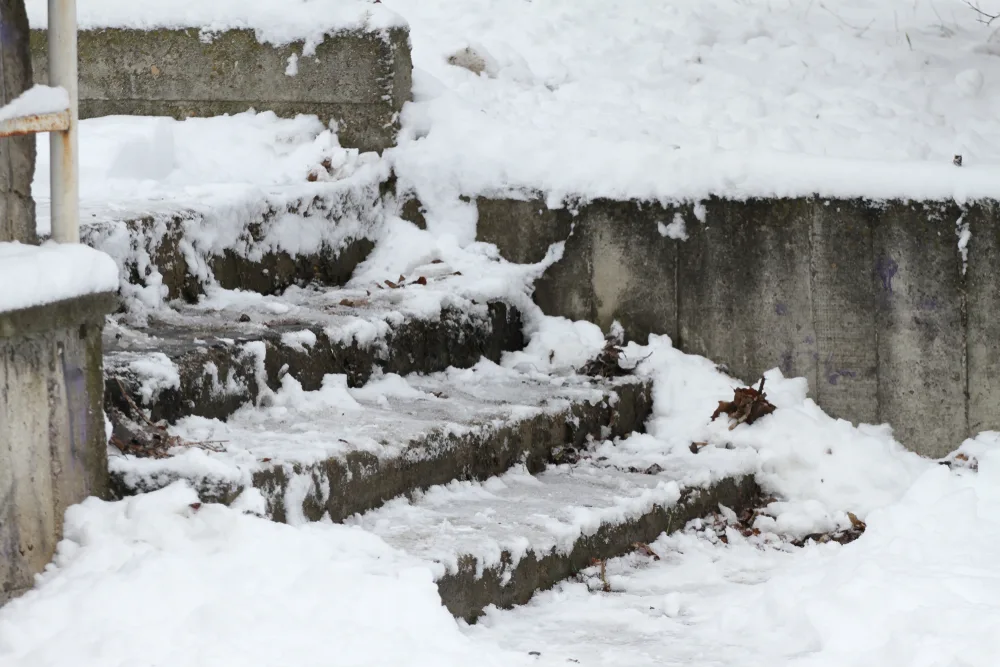
Every year we set aside a sack or two of sawdust from cutting our firewood. Call us old-fashioned, but we still do this by hand, using a two-person crosscut saw. Our sawdust typically comes from locally grown wood consisting of alder and beech shavings, with some fruit trees for good measure.
Winters here tend to be all over the place, though between the rain, ice and snow, it can get pretty slippery, especially on our stone steps.
Using sawdust is far better than using salt on icy walkways.
Not only are we not bringing salt in the house which can damage our wood floors, it is far more beneficial for the environment to opt out of the salt-spreading craze.
One more word of caution: chainsaws leave behind a kind of sawdust that is contaminated with synthetic lubricant, so it is not recommended to use such shavings in any applications mentioned here, except cleaning up spills from non-sensitive floors, such as concrete. Always dispose of such combination of hazardous materials properly.
4. Storing root vegetables in sawdust
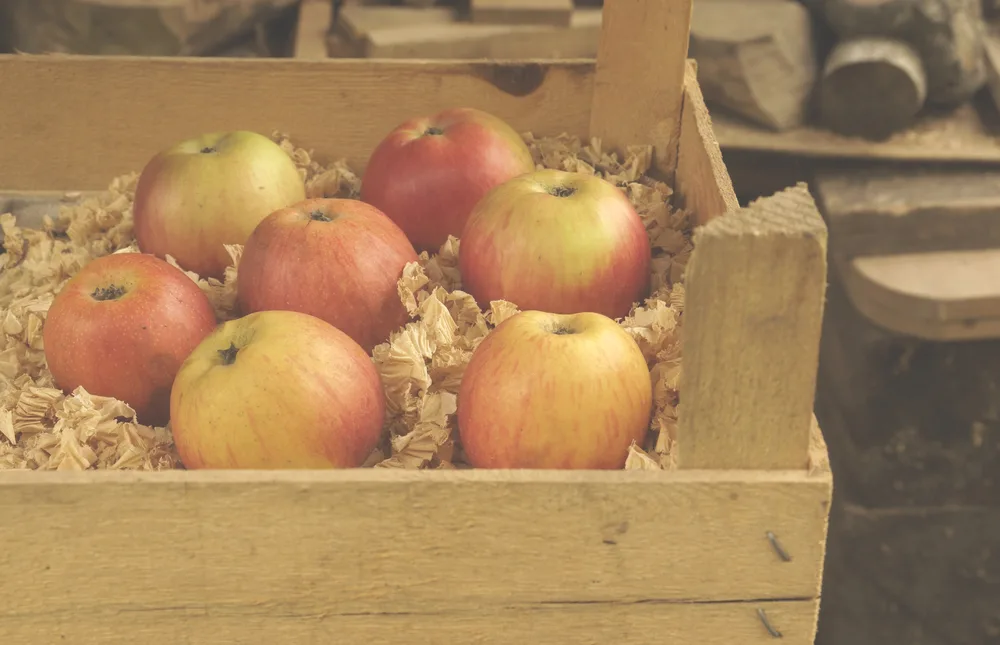
Have you ever wondered how people kept food cold before the refrigerator? Or how to store food without a fridge or freezer?
In the past, people used what were known as ice houses. Blocks of ice were cut in winter time from rivers and freshwater lakes. They were then transported to cellars or underground rooms and insulated with sawdust. The ice could remain for 6 months or longer. Then along came the fridge which has forever shaped our lives.
Did you know that you can also store your root crops in sawdust?
Everything from potatoes to carrots, parsnips and other root vegetables can be stored in sawdust or wood shavings.
Using a cardboard (or wooden) box, place shavings on the bottom, topped by a single layer of vegetables, making sure they are not touching one another. Then add more sawdust and another layer of veggies. Keep doing this until the box is full (or not too heavy to move).
Store the box in a cool place in the basement, or the garage. Then enjoy your harvest all winter long.
5. Sawdust blocks for growing mushrooms
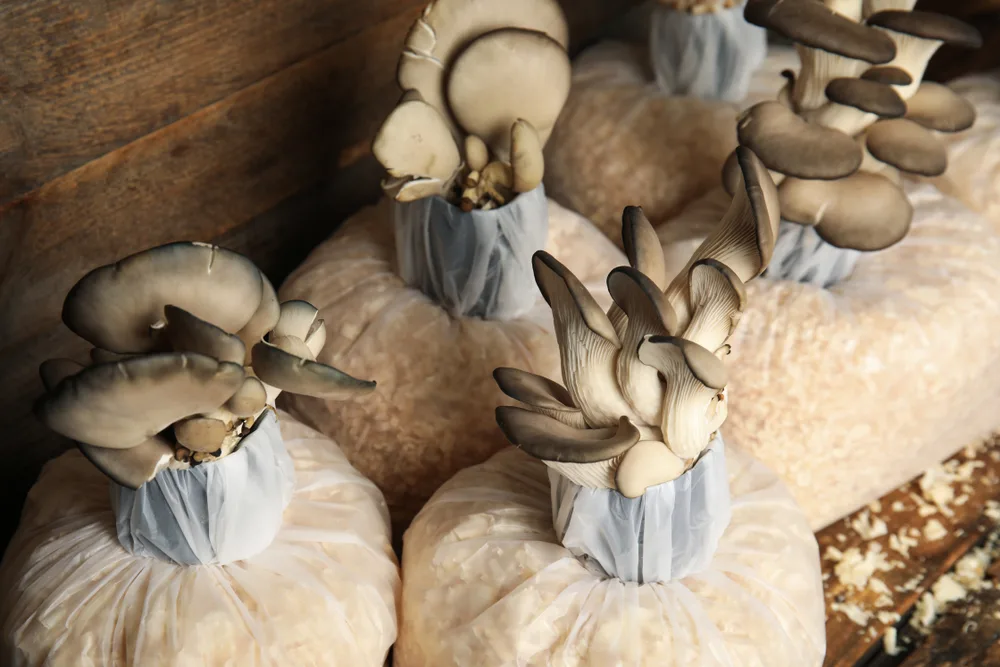
You know how some foods contain sawdust?! Do a quick internet search and look for cellulose on the ingredients list, if you are curious.
Otherwise, know that food can be grown in sawdust. That seems like a better, healthier way to grow.
Growing mushrooms is a bit more involved than just using any kind of sawdust that falls beneath the saw blade. It may be sawdust pellets that you need to truly get started with propagating the best oyster mushrooms you have ever tasted.
Interested in growing mushrooms at home? Get started with one of these easy mushroom growing kits.
6. Using sawdust for landscaping
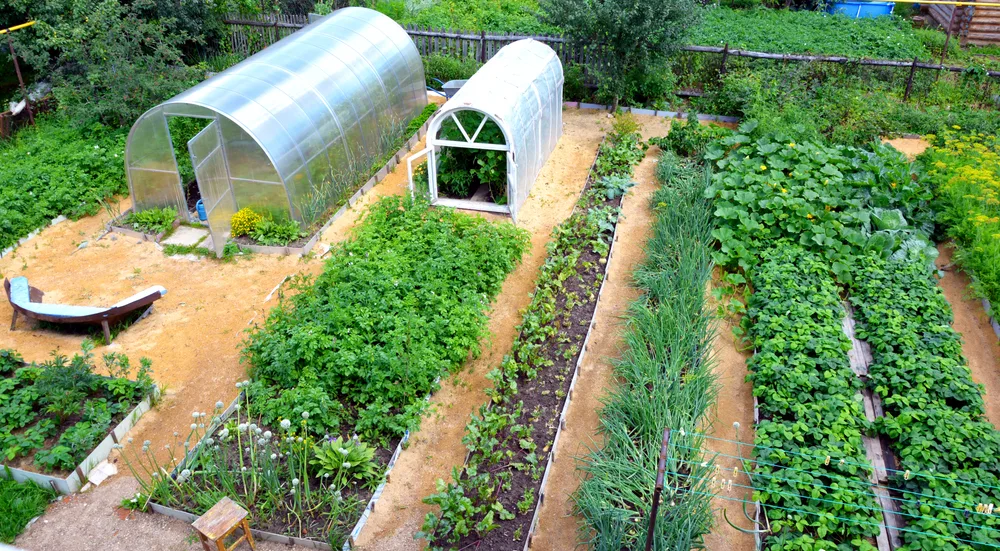
Wood chips, grass clippings, shredded leaves, bark, cocoa bean hulls, straw – these natural materials can all be used for mulching different areas of your landscape.
If you are thinking of using sawdust, keep in mind that larger size pieces will break down (decompose) much slower. It will also need to be replaced every two or three years.
Sawdust and wood shavings can be utilized as a temporary solution for maintaining paths around your home and across your property in an effort to eliminate muddy areas.
It can also be used for purposes of erosion control in combination with shrubs and plants.
7. Firestarters from sawdust and wax
If you create a lot of sawdust, you may be wondering if burning it would be a good way to get rid of it.
Luckily, we’ve never tried it, and after reading stories of others who have experimented with burning it in a woodstove, the answer is clear, that it is absolutely not safe to burn sawdust. Don’t try it at home, or at work. There are plenty of safe ways to use up sawdust, try something else and save yourself a potentially explosive experience.
With small amounts of sawdust, however, you can make natural firelighters with wax.
Learn How to Make Firestarters with Sawdust and Wax the Easy Way @ Survival Jar
8. Sawdust for cleaning up spills
My dad and my grandpa were always happy to be out in the garage, working on cars, tractors and other equipment. They didn’t mind getting their hands dirty to fix what needed fixing and to help a neighbor out.
One thing they both kept in their garages, besides a ton of tools, was a bucket of fine sawdust for cleaning up spills.
If you have an oil spill, simply sprinkle a generous amount of sawdust on the mess and let it sit for 20-30 minutes. Then sweep it up and toss it in a garbage bag. Be sure to tie it shut.
Sawdust is wonderful at absorbing other liquid spills as well, which makes it a darn good floor cleaner in non-carpeted spaces. Sprinkle, wait for it to clump and pick it up. That is all there is to it.
9. Using sawdust for animal bedding and litter boxes
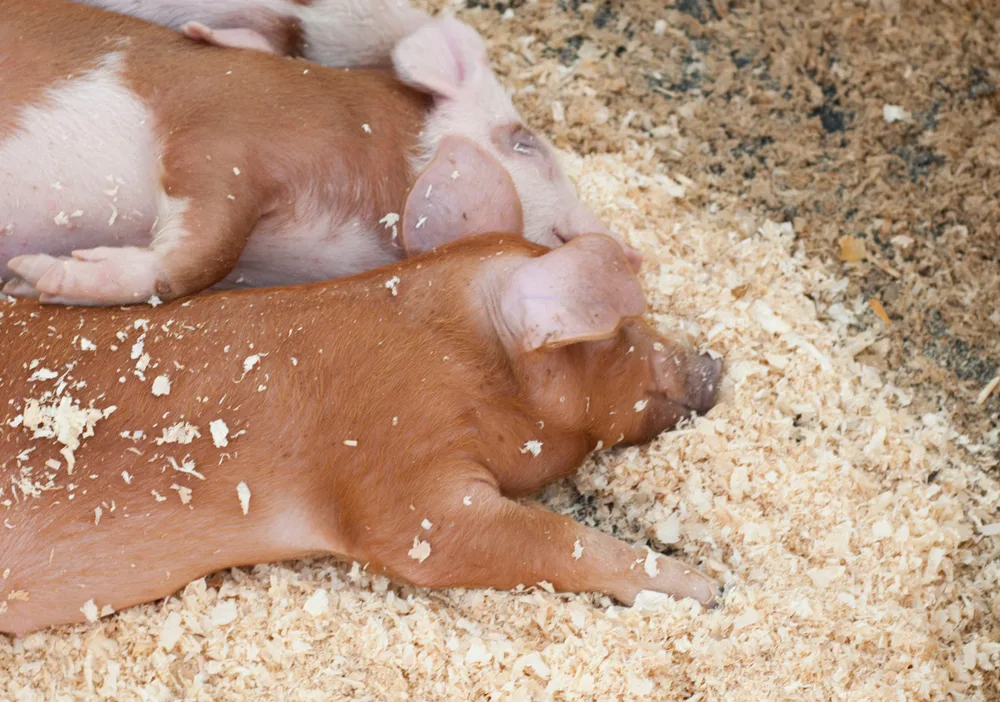
Again, sawdust from uncontaminated wood is what you absolutely need, if using it for animals.
In general, sawdust will be too fine for dog bedding, though pine and cedar wood chips are suitable for most of your furry friends. It has the advantage of also repelling fleas and bedbugs.
Sawdust, however, can be used to replace your conventional cat litter. It is cheaper, biodegradable and compostable.
Chickens will enjoy a nice dust bath in wood shavings that are added to dirt and wood ash.
If you are considering using sawdust, or wood shavings for horses, you will find your answers here.
10. Using “wood flour” for repairs
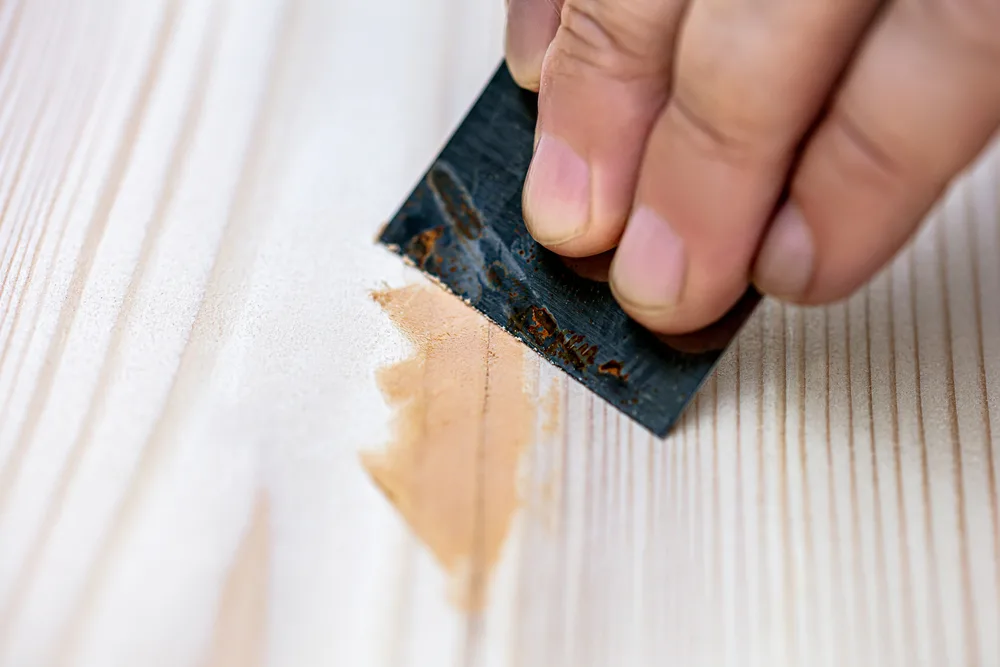
You will have noticed by now that different grades of sawdust are better than others for different purposes.
If you are attempting to do a bit of woodworking yourself, repairing floors, furniture or window frames, knowing how to make your own wood filler can save you lots of time and money.
Make Wood Filler With Sawdust – How And Why? @ Woodwork Junkie
11. Sawdust as a weed killer
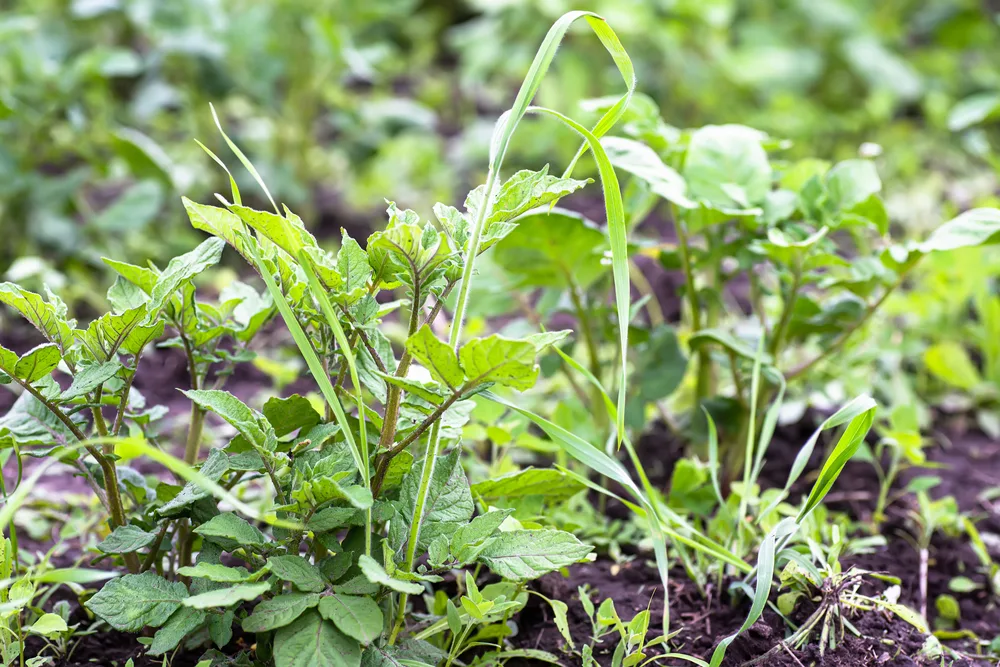
Every yard has weeds.
While many of us are keen on eating “weeds”/misplaced plants, it is never wise to eat them from just anywhere.
If you have weeds popping up in the driveway, for example, and want to get rid of them without bending over and pulling them up one by one, you may want to try spreading sawdust from walnut wood.
Black walnut, being a natural weed killer, is not for using in your garden. (You shouldn’t even add it to your compost.) But sidewalks, stairs, driveways are definitely fair game. Sprinkle some sawdust here and there, wherever necessary, and let it do its silent work of keeping your walkways weed-free.
A final reminder
If you are keen on purchasing sawdust for your home and garden projects, search for a local mill or landscape company that deals with raw, untreated wood. Be leery of what comes from a workshop and ask plenty of questions as to what kind of wood it is processed from.
Only use sawdust what is safe for all – and don’t forget to wear a mask when applying it, particularly if it is super-fine!

Get the famous Rural Sprout newsletter delivered to your inbox.
Including Sunday musings from our editor, Tracey, as well as “What’s Up Wednesday” our roundup of what’s in season and new article updates and alerts.


